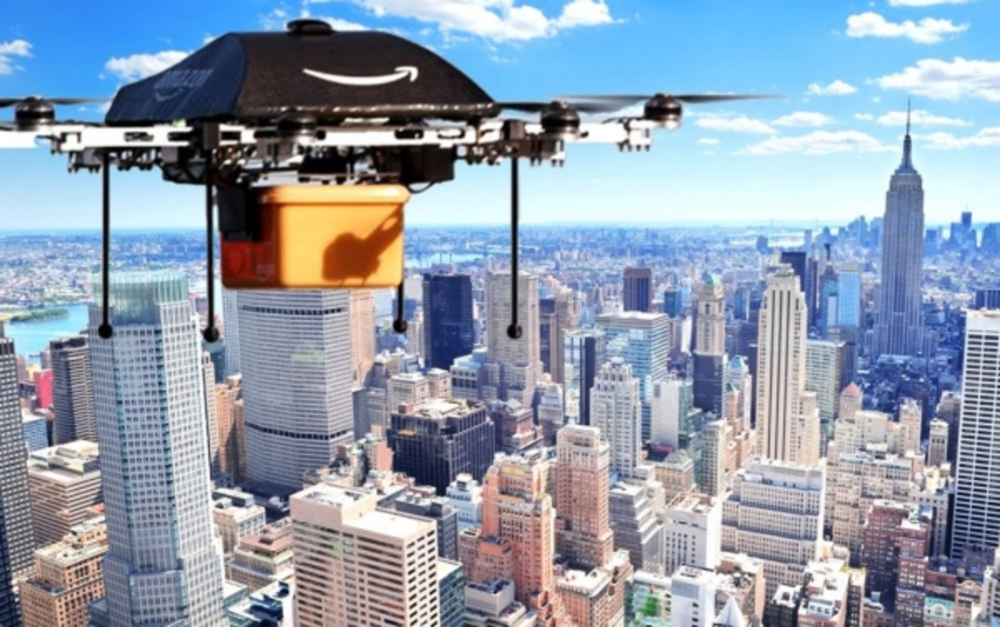Amazon delivered a proposal to allow drones to occupy their own airspace at an elevation of between 200 and 400 feet at a NASA meeting convened to sort out issues presented by unmanned aircraft systems (UAS)—the official name for drones.
Gur Kimchi, VP of Amazon’s Prime Air drone project, laid out the plan that included designation of the space up to 200 feet for hobbyist drone operators and a no-fly zone between 400 and 500 feet to avoid drones colliding with airplanes.
“The way we guarantee the greatest safety is by requiring that as the level of complexity of the airspace increases, so does the level of sophistication of the vehicle,” Kimchi told attendees of the UAS Traffic Management Convention, held at NASA’s Ames Research Center in Moffett Field, CA. Dave Vos, leader of Google’s Project Wing, also presented at the conference, which concludes tomorrow.
“We will increasingly see more drones hanging around in everyday life as this technology evolves and becomes more ingrained in consumers’ daily lives,” said Antoine Level, CEO of Squadrone System, which sells the $1,500 Hexo+ flying camera to consumers.
Kimchi’s presentation stressed that only qualified drone flyers with autopilots communicating with each other should be allowed access to the commercial drone space, but Level wants to ensure drone hobbyists retain their rights to fly.
“Given the utility of personal-use application of drones, regulation must be careful not to regulate commercial use in such a way that drones become too costly to deploy and inaccessible to consumers. That would create a bar to their usage and adoption,” Level said.
“The sky could become increasingly crowded as personal and commercial uses of unmanned aircraft drones become more popular,” said Parimal Kopardekar, manager of NASA’s Safe Autonomous Systems Operations project.








